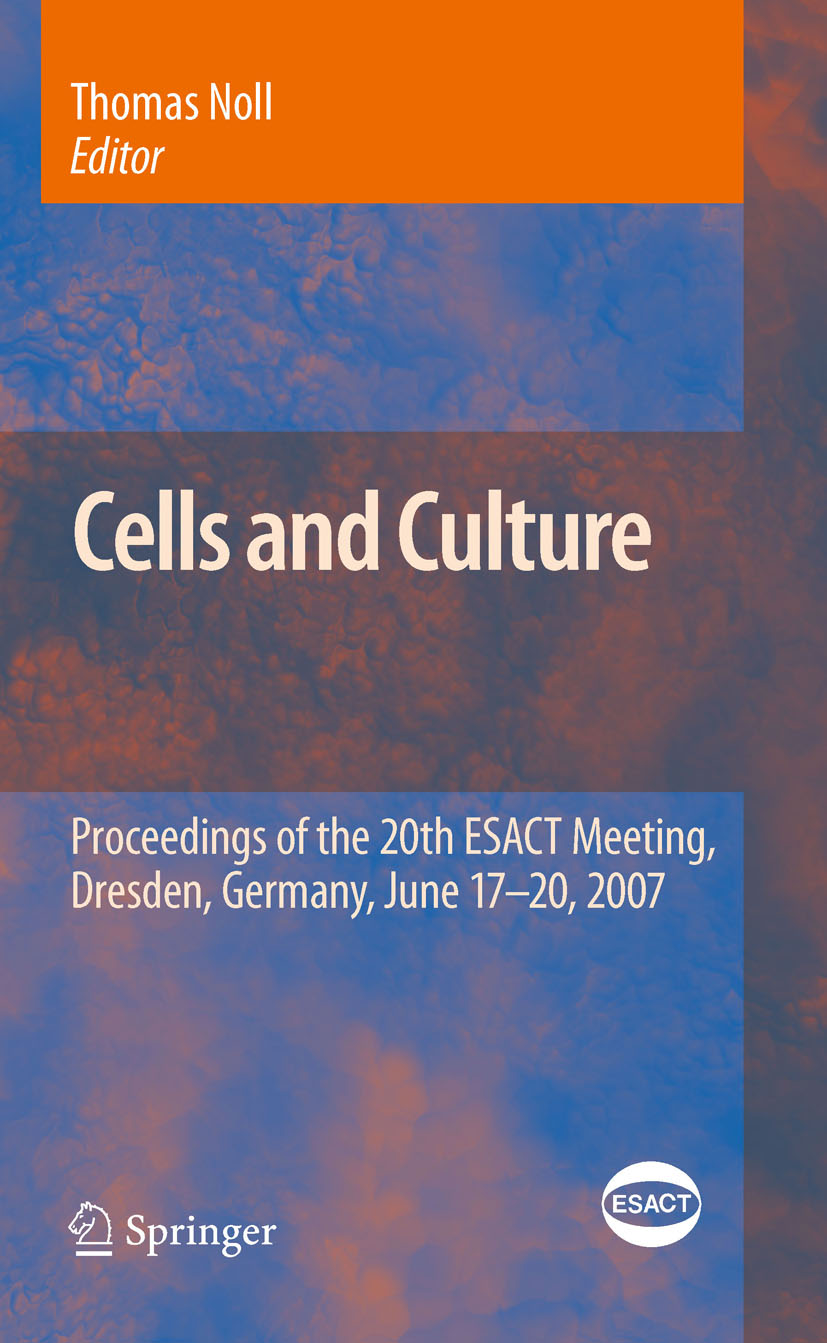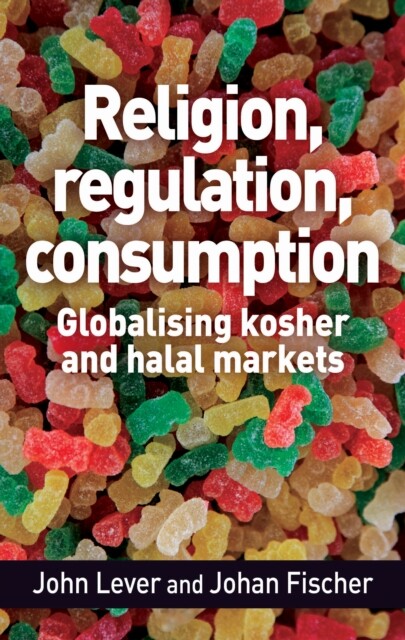Cells and Culture
Proceedings of the 20th ESACT Meeting, Dresden, Germany, June 17-20, 2007
| Auflage | 1. Auflage, 2010 |
| Verlag | Springer-Verlag |
| ISBN | 9789048134199 |
Sofort zum Download (Download: PDF; Online lesen)
Produktbeschreibung
Regeneration of tissue to replace damaged or injured tissue is the goal of t- sue engineering. Biomaterials like polyglycolic acid, collagen and small-intestinal submuscosa provide a temporary scaffold to guide new tissue growth and or- nization. Typically, they need to be biodegradable, showing good cell atta- ment and proliferation and they should possess appropriate mechanical properties (Kim et al. , 2000). Synthetic polymers ful ll most of these requirements but lack cell-adhesion peptides on their surface to enhance cell attachment. Ce- adhesion peptides are present in ECM proteins like collagen and elastin. Thus a synthetic polymer coated with ECM proteins would result in a scaffold that mimics the natural cellular environment with enhanced cell attachment and p- liferation. The new bioactive scaffold will be made by combining a synthetic polymer coated with a layer of recombinant ECM proteins produced by CHO cells. The rst step consists of identifying polymers that give best results in terms of CHO cell attachment and growth. Classical techniques to determine biomass are inappropriate to evaluate 3-D structures. Thus a screening system based on stable GFP expressing CHO cells was used to compare the different scaffolds. Simple uorescent measurement after cell lysis allows determining cell attachment and p- liferation on synthetic polymers. Finally CHO cells producing human recombinant collagen I and elastin were generated. We showed that both proteins are expressed and secreted by CHO DG44 cells. 2 Materials and Methods 2.

